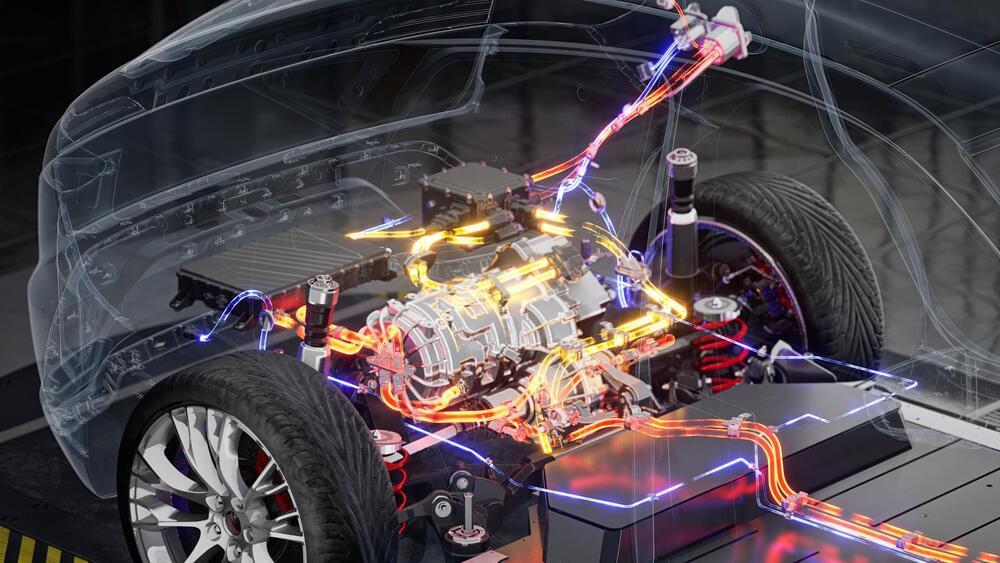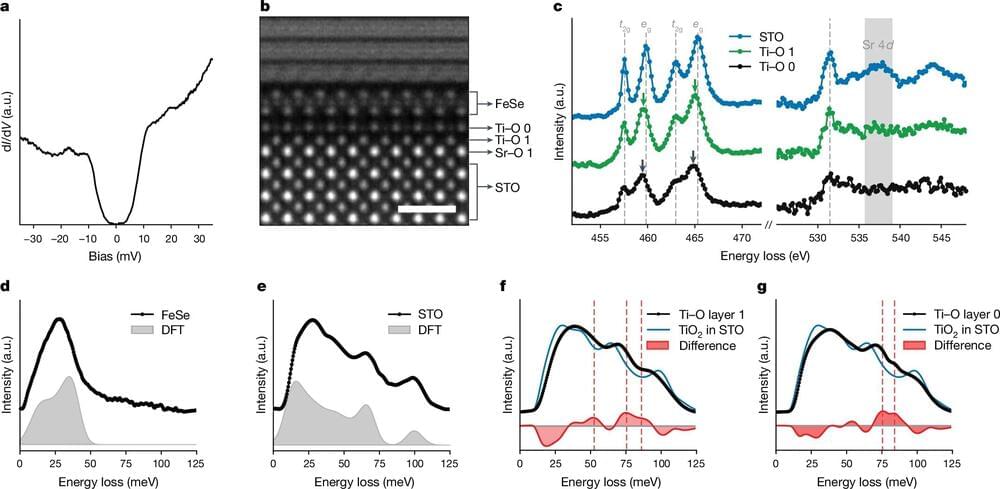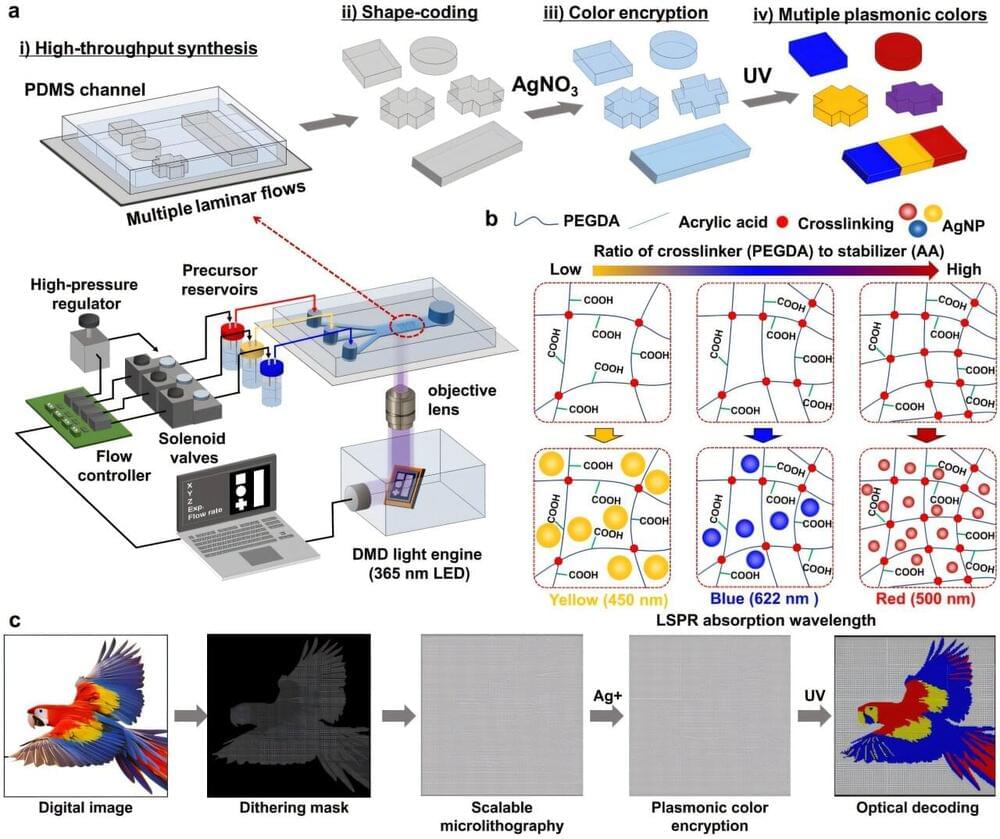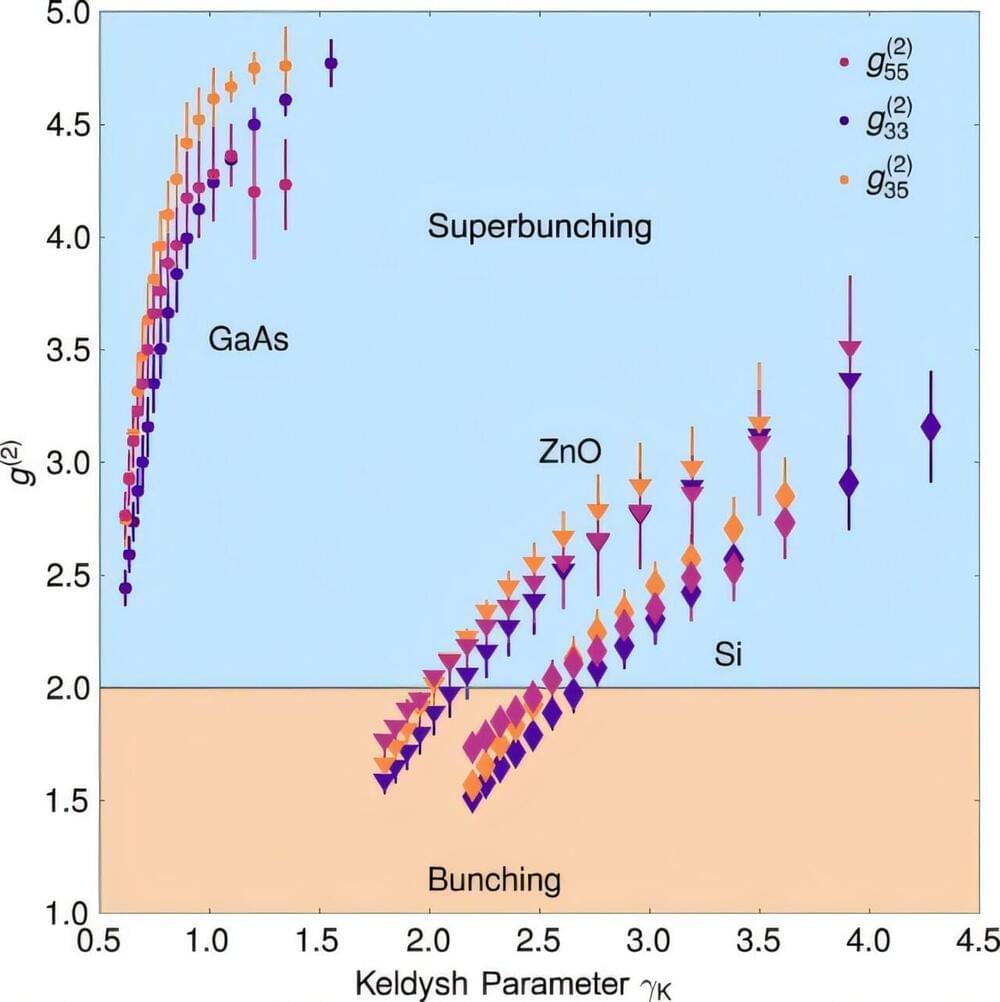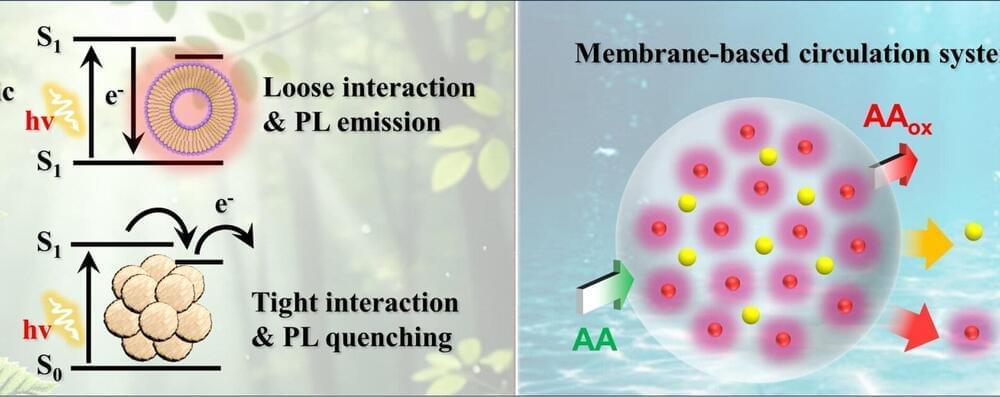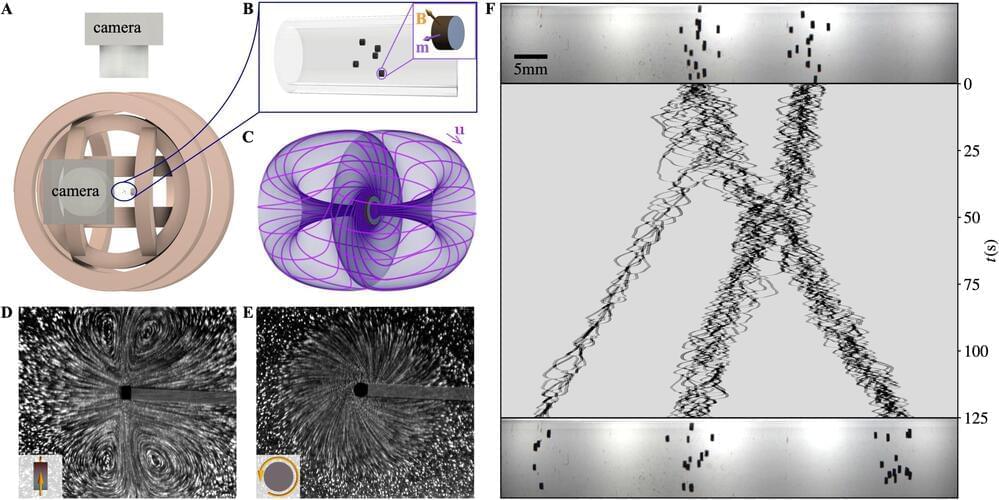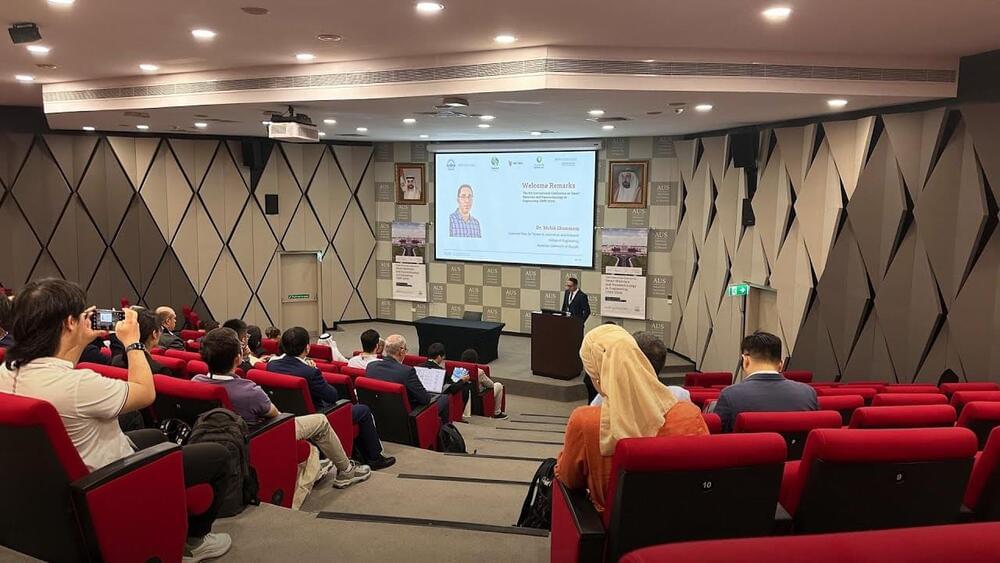Dec 8, 2024
Colombia’s First Quantum Computer: Advancing Education, Research, and Technological Innovation
Posted by Paul Battista in categories: computing, education, engineering, internet, quantum physics
PRESS RELEASE — Thirty years ago, the University of the Andes made the first internet connection in Colombia, and on Tuesday, December 3, the country’s first quantum computer will be unveiled. This acquisition marks a turning point in education and technological research, fostering interdisciplinary collaboration and enhancing ongoing efforts by researchers at the University of the Andes and other institutions.
The University’s Faculties of Science and Engineering announced the arrival of the device, which will enable students and professors to explore fundamental aspects of quantum computing. This emerging technology seeks to solve problems and process information differently by leveraging the laws of quantum physics.
Professor Julián Rincón, a theoretical physicist, explains that this quantum computer employs a technique known as Nuclear Magnetic Resonance and operates at room temperature. This makes it particularly suitable for educational purposes, as it is easy to assemble and provides a straightforward way to test fundamental concepts. “This isn’t just a faster conventional computer; it’s a completely new way of processing information, based on the laws of quantum physics,” he clarifies.

